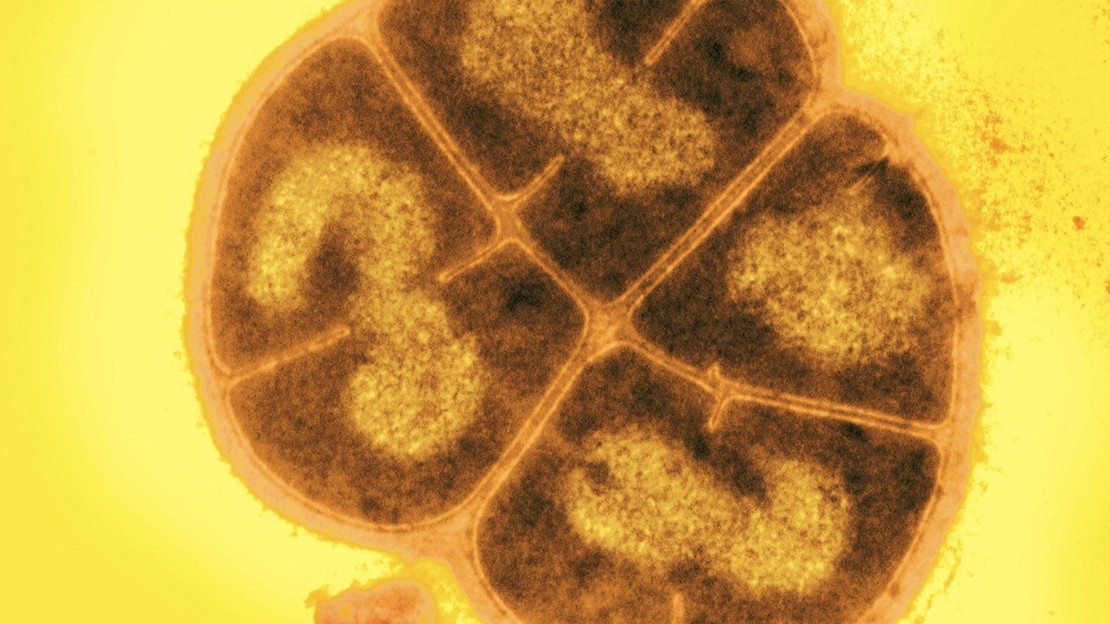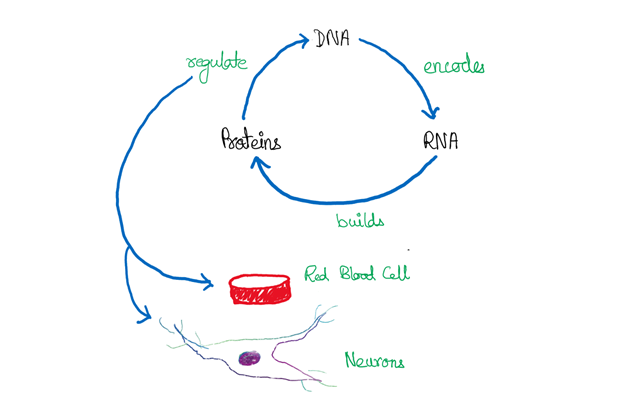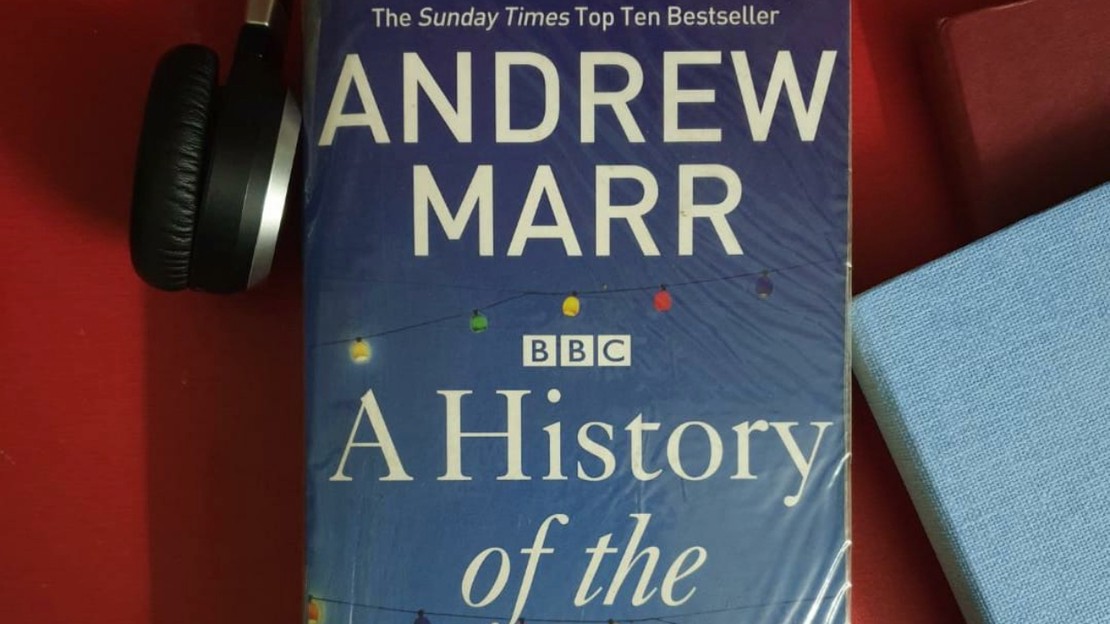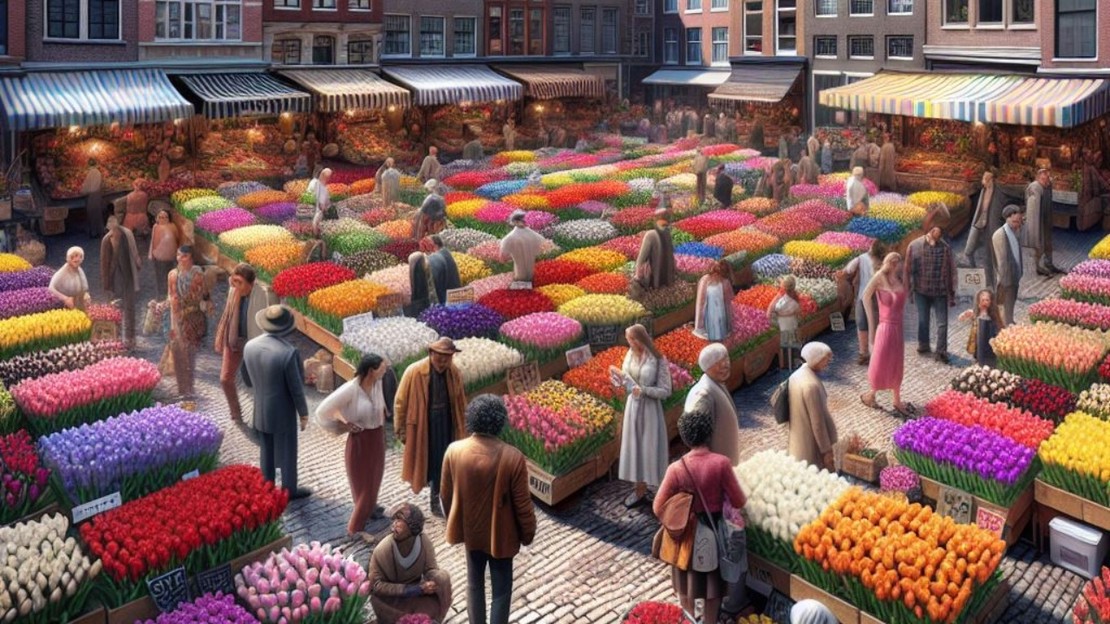
Five things I learnt from: THE GENE
- Shubhankar Nath
- Genetics , Science
- April 4, 2020
The world has never seen a quarantine like this, it is a great time to get a crash course in genetics. How certain chemicals reactions enable life. The Gene by Siddhartha Mukherjee is a historical voyage of the science of genetics. Starting from Darwin to modern Gene sequencing technique he has portrayed the very essence of life from a biologist’s perspective. The following sections only give a bare bones outline of what he wrote in his book.

Abiogenesis
During the unworldly days of our planet, when it was filled with lava, methane, vapor, ammonia and dreadful thunders wrecked havoc, a very complex form of chemicals called nucleotide took birth out of the chaos. Some of these nucleotides formed chains that could replicate themselves. There were also other chemicals like lipids, fats that were insoluble in water and formed hollow spheres called micelles. And out of this soup through fortuitous meeting between two unlikely partners –RNAs with micelles – Genesis happened.
These protocells had the ability to gather simple chemicals from their environments to reproduce and maintain themselves – a process we call Metabolism. Given billions of years and the ability of carbon to make jillions of bonds the protocells evolved to form bacteria. Bacteria have specialized cell compartments that created different enzyme to metabolize from a large array of simple sugars, and even fight invasion of other bacteria. If you consider bacteria as mundane form of life, think again - deinococcus radiodurans is radiation resistant, can survive space, dehydration and extreme temperatures. From this point of view they are mightier than Dinosaurs and have been reigning since eons.
Protein
A cell’s nucleus has two forms of acid – DNA and their molecular cousin RNA both long chains of four bases with a phosphorus backbone. The four bases are adenine, guanine, cytosine and thymine – abbreviated as A, G, C and T. In RNA the Thymine is switched with uracil abbreviated as U.

The double helix contains two intertwined strands of DNA, incredibly thin and long. The DNA of all your cells if stretched and stacked on top of one another will be twice the diameter of the solar system. DNA is the Byte equivalent to life, all the information for making an organism is stored using DNA. A certain length of DNA that encodes a functional unit of heredity is called a Gene. Genes act as instruction set to make Protein. Proteins are long chain of amino acids that perform almost all life functions. Proteins can exist as long stretchable fibers in muscle (myosin), become globular in shape and enable chemical reactions i.e., Enzymes or bind colored chemicals and become pigments in the eye or in a flower.
Gene
Three billion base pair form our DNA which contains 20,000 to 25,000 protein encoding genes form the human genome. These genes are arranged in 23 pairs of chromosomes inside the nucleus of our cell. These genes are what gives life its spectrum of functionality, a gene encodes the information of the color of your hair, a gene in a spider contains the code to make spider silk, the gene in an oak tree contains the code to make wood. Not all strand on DNA encode information, there are some filler DNAs which do not carry protein making instructions, they are called introns, this is what gives diversity in our DNA sequence. With introns, a gene can be expressed in multiple variations.
All the cells in our body carry the same DNA, which produces RNA or messenger chemical that instruct the ribosomes in our cells to produce proteins. Some of these proteins can turn on or off some Genes. For example in E.coli (a bacteria) it makes a glucose digesting protein and a glucose sensing protein, if the sensing protein senses(chemically determine) that there is no glucose availability, it can turn the glucose enzyme gene off and turn on the Lactose enzyme gene of to survive on lactose. This surgical turning on/off genes enables multi-cellular organism to make specialized cell out of the same DNA.

Hijacking
What if the coding gets corrupted? How will the cells read and process information to sustain life? It appears that the human coding very genius, it has a gene BRCA1 located in chromosome 17 which works to repair damaged DNA. But if the repairing gene itself gets mutated; our code becomes defenseless. Mutated BRCA1 gene is very closely associated with Ovarian and Breast cancer.
Viruses are small strands of DNA enclosed in a Protein, which can get inside an organism’s DNA and change its coding. Not all viruses are harmful, certain corona-viruses live in symbiotic relation with bats, they replicate within their cells and does not kill the host but it might be deadly when it enters human cells. Retroviruses cause only small tumor in chimpanzees but in humans it causes HIV. Human cells have a self-destruct program which enables healthy functioning of our bodies. Cancer viruses change this self-destruct code and increases the longevity of the cells, the immune system gets fooled as it is not a foreign body but our own cells. The increases rate of new cells and delay the decay of old cells, causing tumors which is the killing element in cancer. It is a strange irony that cancer kills us by increasing the life of our cells.
Some biochemicals are so complex that even the most advanced supercomputer cannot compute their cellular structure. Our current pharmacology synthesizes only 20% of all the biochemicals produced in human body. So, can we hijack our cells to make cures for ourselves? In theory yes, we could rewrite our DNA that cause diseases like Alzheimer’s, SCID and even Cancer. It is something that is yet to be seen in future. But we have ventured the turfs of gene editing. In 1955 Fredrick Sanger inserted the insulin making gene of human inside a bacterium DNA using a virus as a carrier. The bacteria read the instructions (as all life forms use the same language for DNA – A,T,G and C) and produced insulin which could be isolated and used as medicine. Sanger was awarded the Nobel prize in chemistry for synthesizing the first human protein using Recombinant DNA technology.
Evolution
The copying of the DNA when new cells are formed is always not perfect. Nature has tiny bit of error at times while replicating the DNA – this error results in mutation. Overtime the mutated DNA replicates itself and gives rise to a mutated organism – this is called variation. Suppose a mutated housefly develops a variant that can tolerate subzero temperature so when climate gets colder, the mutated houseflies who are more fit to survive the cold will have more survival rate – this is called natural selection. The variations when accumulated might give rise to a new species all together. From the protocells to humans this is how nature has evolved life – via repeated mistakes. From this point of view the creator is just a blind artist. Or is he brilliant?


